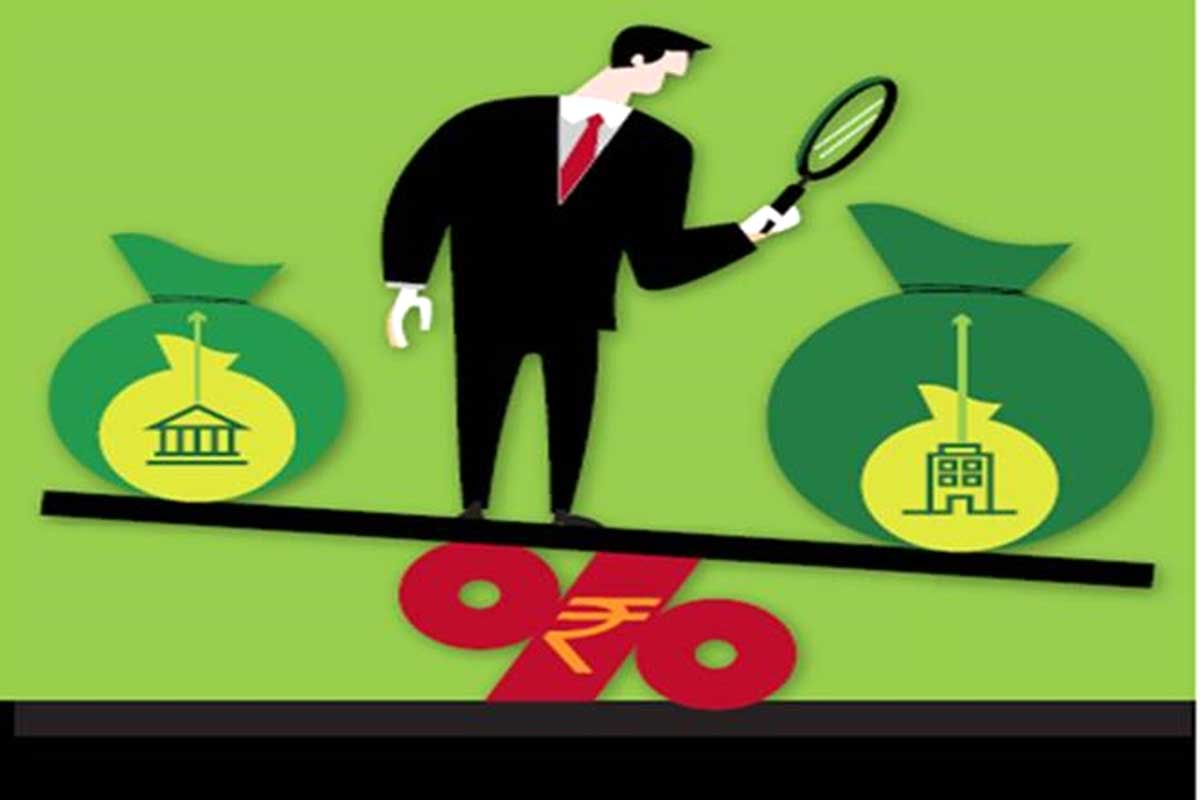Products You May Like

Like the interest rate on fixed deposits (FDs), bonds also come with a fixed interest rate, called coupon rate. Coupon rate is declared on the face value of a bond and remains the same for the entire issue period of the bond. For example, if the coupon rate of a 10-year bond of face value of Rs 1,000 is 6 per cent, it will pay interest of Rs 60 every year on each bond for the investment period of 10 years.
On the other hand, yield will depend on the price of the bond if purchased from the secondary market. Depending on the change in coupon rate of subsequent bonds, the price of the existing bonds may vary in the secondary market. Also, in case the coupon rate of a bond is forcibly kept low, the price of the bond may fall in the secondary market.
Related News
For example, if the price of the 10-year bond with fave value of Rs 1,000 and coupon rate of 6 per cent falls to Rs 600 in the secondary market, it will still fetch the interest of Rs 60 per year per bond, resulting in an increase in yield to 10 per cent.
“The yield to maturity (YTM) is the percentage rate of return for a bond assuming that the investor holds the asset until its maturity date. The coupon rate is the annual amount of interest that the owner of the bond will receive,” said Sandeep Wirkhare, MD & CEO, Indian School Finance Company (ISFC).
So, an increase in YTM indicates below normal coupon rate or that the interest rates are kept low, resulting in fall in market value of the bonds.
Effects of high yield
Talking on the effects of rising yield on investors and on the government, Wirkhare said, “A rise in bond yields means interest rates in the monetary system have fallen, and the returns for investors (those who invested in bonds and govt securities) have declined. When bond yields rise, the RBI has to offer higher cut-off price/yield to investors during auctions. This means borrowing costs will increase at a time when the government plans to raise money from the market.”
“In such cases RBI is expected to stabilise yields through open market operations and operation twists. Besides, as government borrowing costs are used as the benchmark for pricing loans to businesses and consumers, any increase in yields will be transmitted to the real economy,” he added.
FD vs debt fund vs G-sec: Which one is better for retail investors?
Efforts to keep yield down
To negate the impact of its decision to keep key interest rates low on the bonds, the RBI has taken steps to keep yield down. But why?
“The RBI wants the orderly functioning of the yield curve. The objective of the RBI is to eschew volatility in the G-Sec market,” said Wirkhare.
“The introduction of the secondary market Government Security Acquisition Programme (GSAP) shall help the yields remain range bound and shall be within the RBI’s comfort. There shall be less volatility as now it is clear with RBI introducing GSAP 1.0 in the longer bond 3 years bond,” he added.
But how effective would be the RBI measures?
Wirkhare sees the following impact of the overall MPC measure on bond yields –
Positive for bond markets as Q1FY 22 supply of government debt (net of RBI) will now be Rs 1.4 lakh crore against Rs 2.4 lakh crore earlier.
10 Year yield may be in 6-6.2 per cent range, lower than 6 per cent looking difficult given adverse global scenarios.
Lower G-Sec yields imply lower attractiveness to FPIs and lesser inflows. Higher rupee liquidity owing to GSAP implies higher supply.
“As said above RBI wants an orderly functioning of yield curve going forward to avoid volatility,” Wirkhare concluded.
Get live Stock Prices from BSE, NSE, US Market and latest NAV, portfolio of Mutual Funds, Check out latest IPO News, Best Performing IPOs, calculate your tax by Income Tax Calculator, know market’s Top Gainers, Top Losers & Best Equity Funds. Like us on Facebook and follow us on Twitter.
Financial Express is now on Telegram. Click here to join our channel and stay updated with the latest Biz news and updates.
